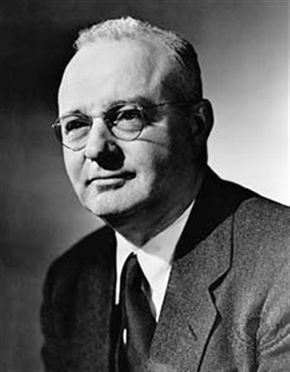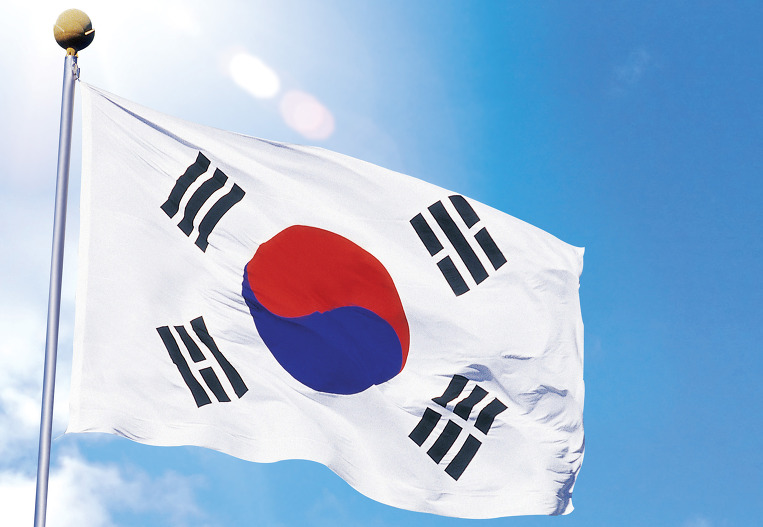Which planet is closest to Earth? If we look at a typical model of the Solar System with each planet neatly lined up, we can see that Venus approaches Earth closer than any other planet. However, this is only one interpretation of the question.

Technically, Venus is the planet that comes closest to Earth. However, as they do not orbit in synchrony, this approximation happens about once a year. At other times, Venus will orbit away from Earth and can go on the other side of the Sun, making the distance between Earth and Venus vast. In those times, Mars may seem like the next obvious choice to be closest to Earth.
But then again, Mars has the same issue where it and Earth are often on opposite sides of the Sun. Because of the nature of circular orbits, the distances between the planets swing and fluctuate, meaning that the real question should be:
Which planet is closest to the Earth most of the time on average?
The answer to this question happens to be Mercury. If we look at a “top-down” model of the Solar System, we can see that Mercury – being closest to the Sun – orbits rapidly around the Sun and often lies between Earth and the two other planets, Venus and Mars. If we plot the distance between each of these three planets and Earth, we can see that on average, Mercury is closer to Earth because the distance fluctuates less.

Interestingly, if we take this question further, we find that Mercury is also Mars and Venus’ closest neighbour on average. This is a property of the Solar System being formed of concentric circles, meaning that Mercury’s smallest orbit makes it average a closer distance to all of these planets.
Fascinatingly, if we go even further than that, we find that the same pattern holds for every other planet in the Solar System, despite the vast distance between Mars and Jupiter due to the Asteroid Belt. Even Pluto (not formally a planet anymore) with its massive elliptical orbit has Mercury as its closest neighbour on average compared to the other planets, due to the unique property of concentric circles.
No matter the distance, if you are orbiting the Sun, Mercury is the closest planet to you.










